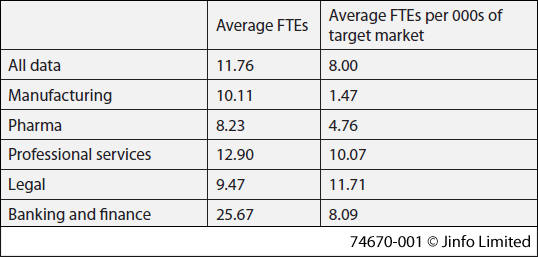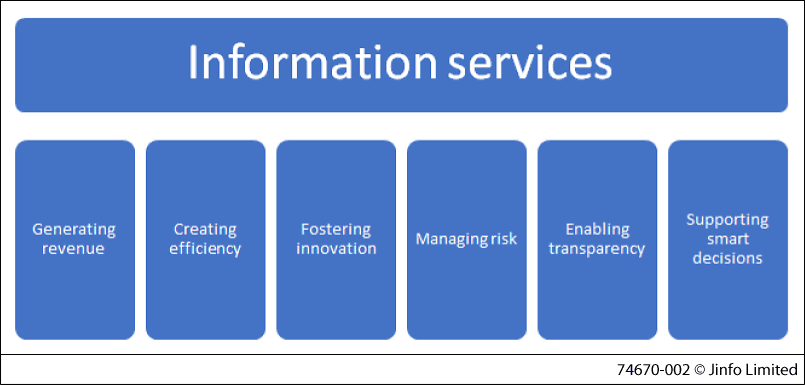 To manage capacity, know your objectives - Jinfo for optimising your information service
To manage capacity, know your objectives - Jinfo for optimising your information service
Jinfo Blog
2nd September 2019
Abstract
How you optimise your information service will depend on your overall objectives. These will invariably change over time but Jinfo's research which captured and reported comparable data across a range of industries and organisations can help. Find out how else we can help you better align your skills and time with those of your customers.
Item
Balancing capacity is at the heart of optimising your team's activities and impact: how do we better align our skills, time and energy with the highest-value needs and requirements of our customers?
Understanding capacity requires measurement - from the basics of how many staff hours you have to the more nuanced data of project complexity and unique contributions.
As with so many elements of managing information team operations, your approach to the problem of team optimisation will depend on what you and your stakeholders want to accomplish:
- More self-service?
- Reduced data licence costs?
- Demonstrable increases in productivity?
- Greater confidence in decision-making?
These are only a few of the potential goals, and their importance will rise and fall along with changes in organisational priorities, structure and economic environment.
One of the valuable elements of Jinfo's current Research Focus, "Benchmark information services - progressing towards transformation", is its capture and reporting of comparable data across a range of industries, organisations, team objectives and services.
When designing this research, we focused on things that are directly reportable (like numbers of staff and types of customers) as a stepping stone towards things that are harder to report (like value, success and impact). One of the simplest points of comparison we can now create for any customer is the ratio of FTEs in the information department to the number of people in the organisation they are responsible for supporting.
We express this as FTEs per 1,000 of the "target market" within the business.
Table 1: Capacity, expressed in FTEs per 1,000 target market
The table shows these averages for the 82 information teams currently represented in our benchmarking data - in total, and also broken down by industry. This is an important starting point for understanding capacity; do you have more staff hours per target market, less, or around average for your industry?
Next, we need to consider what your objectives are. Figure 1 shows the six most common objectives an information team may be working towards. You may find that one of these is your organisation's primary goal; you may find that three or more are high priorities.
Figure 1: 6 most common objectives for information teams
How you optimise your service will vary tremendously based on your basic capacity and your objectives. A team with a primary aim of creating efficiency needs to operate - and measure success - based on very different datapoints than one with a primary aim of managing risk.
Jinfo's analyses of how you can demonstrate progress against these objectives serve as a useful starting point for considering how to optimise; how to make the most of the staff hours you have available to you, to meet the needs of that target market:
- Documenting the value chain - Jinfo Report available with your Jinfo Subscription.
Join us in October's Community session, "Jinfo for optimising your information service", to explore and even practice how to do best with what you have, regardless of the changing demands of your environment.
Your Jinfo Subscription includes access to the full range of resources we develop to support your journey towards team optimisation. For closer work with a Jinfo analyst, consider bringing in our Consulting Workshop, "Do better with less: workflow optimisation". You'll get one-on-one training, coaching and support for all the human foibles that accompany change.
- Blog post title: To manage capacity, know your objectives - Jinfo for optimising your information service
- Link to this page
- View printable version
Register for our next Community session:

Team demand and AI
22nd January 2026
Latest on our YouTube channel:
Read on the Blog:
December 2025 update
3rd December 2025
- Team roles and AI (Community) 26th February 2026
- Team demand and AI (Community) 22nd January 2026
- Transforming knowledge management at BASF – GenAI and the evolution of QKnows (Community) 10th December 2025

